Manufacturers keep telling us that electrification is part of our future, but what about our past?
A near-silent, ion-fuelled DB6 might seem like the answer to an unasked question, but Paul Spires, president of Aston Martin Works and the man who signed the car off, is adamant it’s the right call. “We need to make sure that we’ve got the next 100 years covered,” he says, “to make sure these vehicles don’t become museum pieces.”
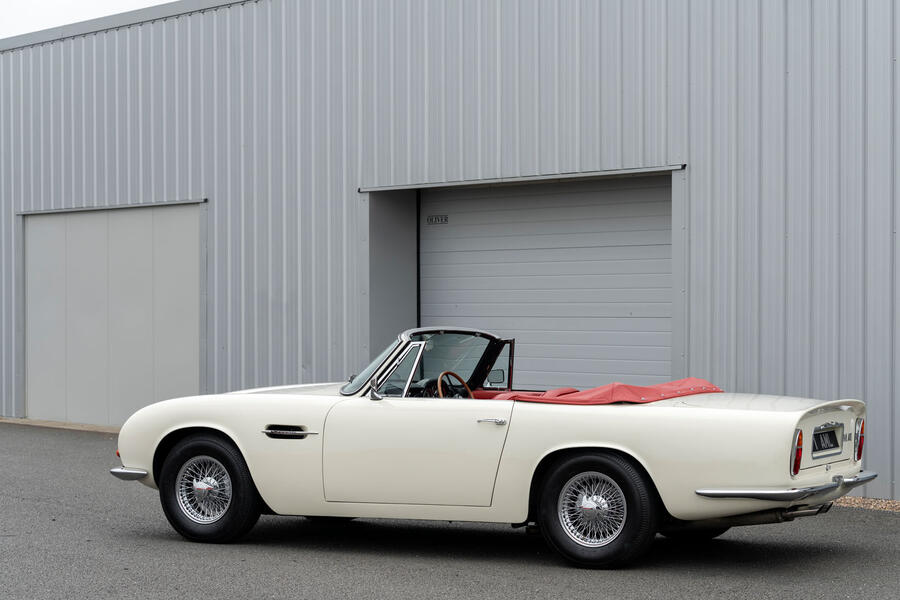
This isn’t about legislation – there are no current plans to ban internal-combustion classics in any major market – but rather what Spires describes as social pressure. First from the affluent tech-savvy buyers who are already shifting to EVs en masse, but also from a future generation who will grow up without experiencing the sounds and smell of internal combustion.
The idea is for what Spires calls a heart transplant: fully reversible electrification that keeps the core structure of a car unchanged. “I said to the development team: ‘Don’t make a single extra hole in the bodywork,’” Spires says. “They haven’t.”
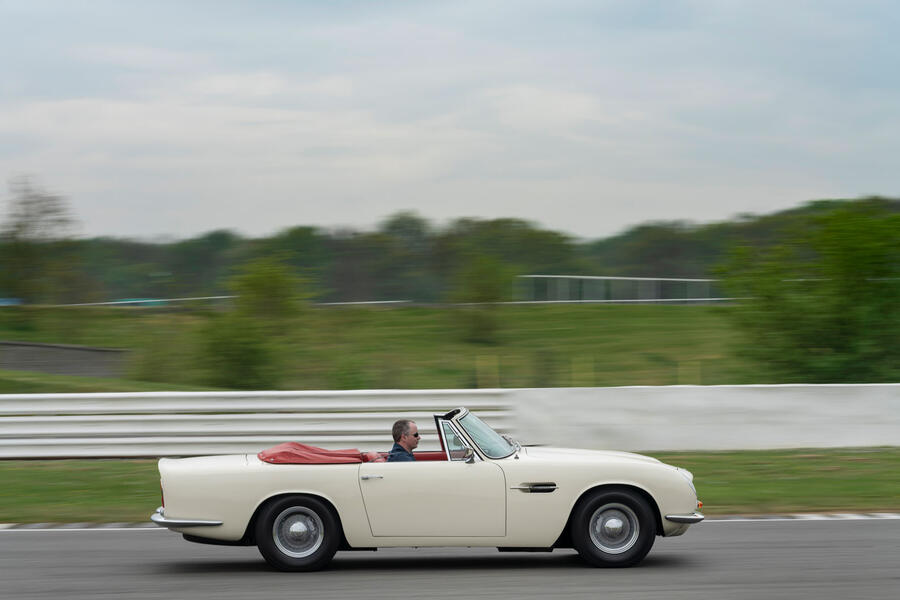
In place of the straight-six engine that it left Newport Pagnell with 49 years ago, this DB6 Volante has a module containing battery, motor and control software that fits in the same space formerly occupied by the engine. We’re not given any technical details – a production version would change specs – but we’re told it weighs almost exactly the same as the original engine and produces similar power. If it sounds familiar, it’s because Jaguar did something similar with the E-Type Zero last year, although Spires insists Aston started work before Jaguar did.
Although the basic idea is defined, the details are not and Spires says much about the demonstrator would not make it to a finished system. That includes the Volante’s continued use of its original five-speed manual gearbox. A fully developed one would switch to a single-speed drive. The concept is also passively cooled, so it’s unable to deal with the thermal loads of hard use. A production version would be actively cooled and therefore be both tougher and capable of supporting fast charging.
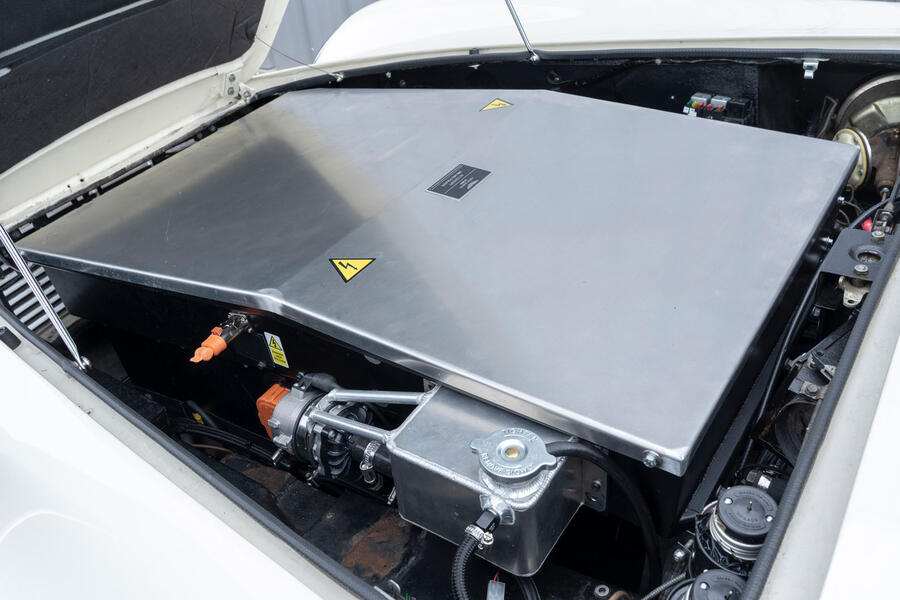
To call the conversion discreet is an understatement. Despite circling the DB6 twice, I can see precisely nothing from the outside to show that it runs on electrons instead of petrol. It even still has exhaust tailpipes, left on to keep it looking as original as possible. Only popping the left-hand fuel filler cap and seeing a charging port reveals the transplant.
It’s the same story in the leather-clad cabin, where the Volante keeps a comprehensive set of chrome-bezelled Smiths instruments, although only the speedometer now works. Spires says a production version would repurpose the other dials for EV-appropriate tasks. The concept also still has the controls for what is now a non-existent heating system.
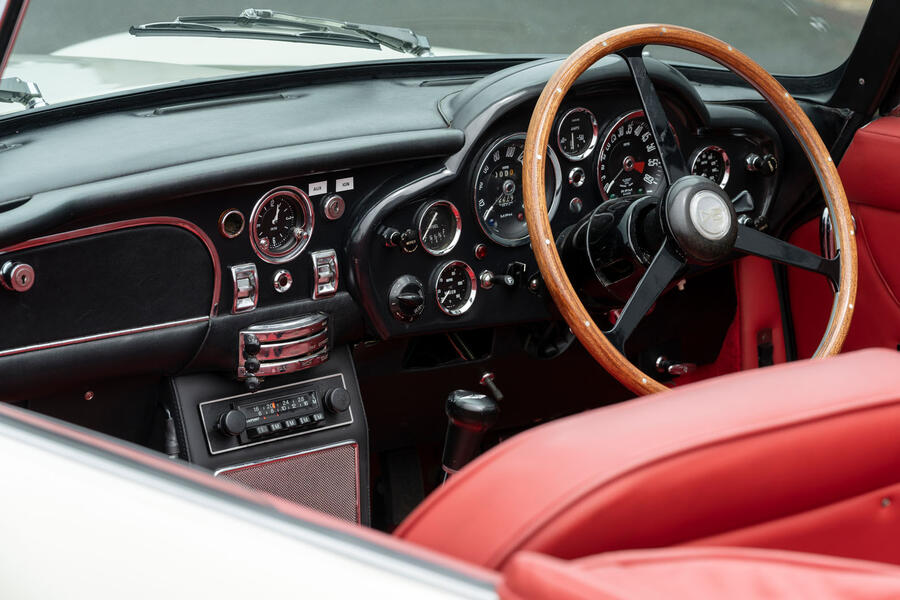
Driving couldn’t be easier. Despite the presence of the manual gearbox, there’s no need to use the clutch to get rolling, or indeed once on the move. Spires tells me to select second and then to treat the car like a single-speed EV. Initial acceleration is less keen than I’m expecting it to be and it takes a good shove on the throttle pedal to deliver an Aston-appropriate level of urge out of the pits. There’s no traction control, but nor does it feel like there needs to be, despite the motor’s ability to produce big torque from standstill.
Once rolling, acceleration continues to build, and by the time the first corner approaches, the Aston is already closing on the 50mph I’ve been told to stay under to keep the powertrain happy. Subjectively, it doesn’t feel as fast as a petrol Aston of the era, but much of that is probably due to the near-total lack of noise, a gentle electric whine replacing the muscular note of the straight six.
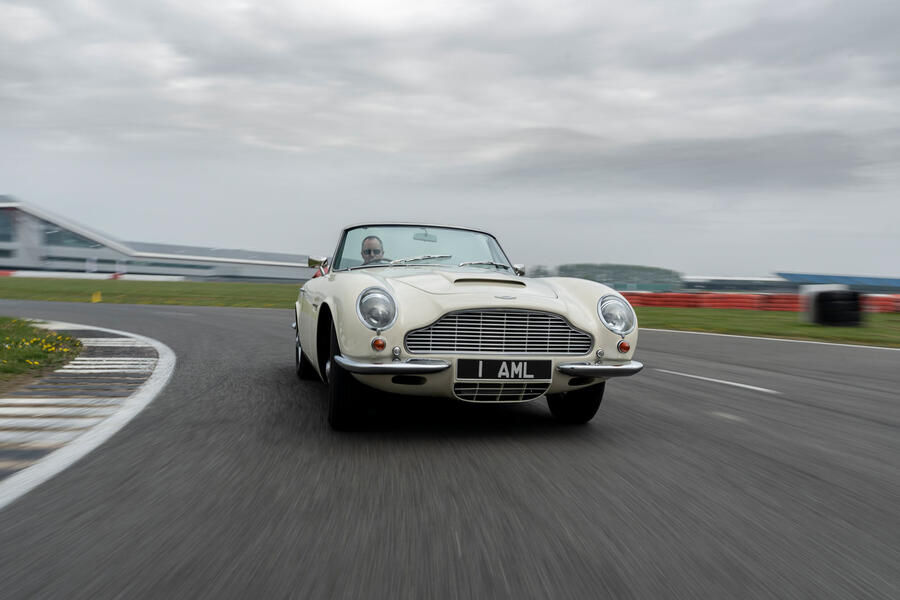
Lifting off proves there is no need to brake, thanks to regeneration powerful enough to make it feel like the track is surfaced with treacle. Spires says the finished version will have less aggressive regen to keep it closer to the driving manners of the original car. Given the novelty of a gearlever, I experiment with shifting ratios to discover there is no point: acceleration feels identical in second and third. As intended, the rest of the dynamic experience is practically unchanged. By modern standards, the DB6 has modest levels of grip and lots of roll, but the chassis is well mannered and it is happy to tackle the short track at a respectably rapid pace. It’s refined, too. There are no creaks or rattles from the trim or the Volante’s elderly structure.
Is it a good idea? Ultimately, that’s for the wider market to decide and Spires admits that a favourable reaction from potential customers will be required to make the business case to invest in a production version. “I’m desperate to do it,” he says. “My feeling is that the pace behind EVs is such that I’d be surprised if we don’t have a proper programme going by this time next year.”
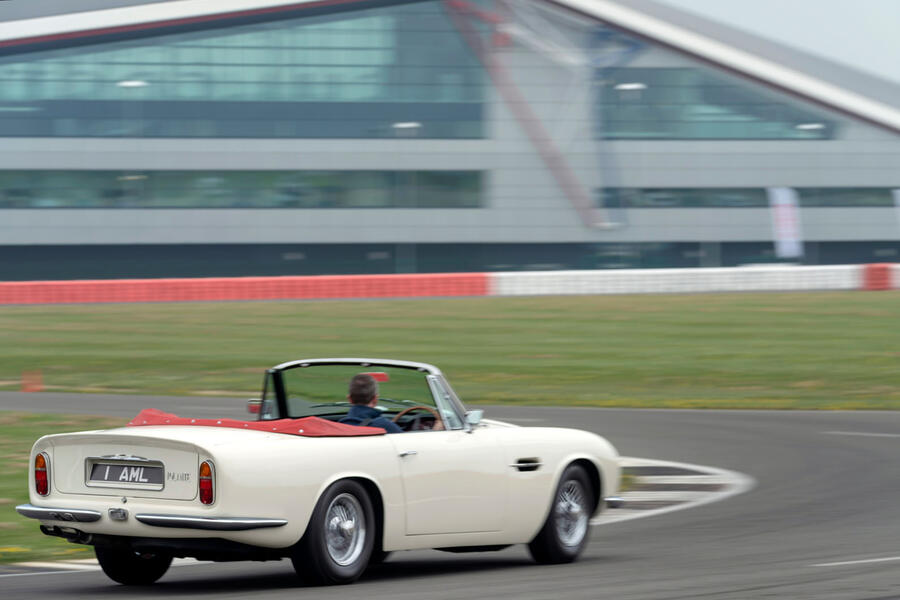
Powertrain will also fit in the DB4, DB5 and DBS
Choosing to make the EV module a replacement for the long-lived DOHC straight six means it can be offered with many cars. Produced between 1958 and 1972, the six-cylinder unit powered the DB4, DB5, DB6 and Aston Martin DBS – a total of around 3000 cars. “We chose that segment because they have a high value and there are lots of them out there,” Spires says.
He estimates that the conversion cost would be around £200,000 before VAT, including the return (or storage) of the original engine.
“If we did 10% of the eligible cars, that would be 300 – more than enough to justify the costs,” Spires says. “I think that is a realistic target given where we are going in terms of social pressure.”
This article was originally published on 11 May 2019. We're revisiting some of Autocar's most popular features to provide engaging content in these challenging times.
Read more
Aston Martin offers 'reversible' electric conversion for classic cars
Aston Martin DB4 GT Zagato: reborn classic enters production
American start-up launches electrified classic Ford Bronco​

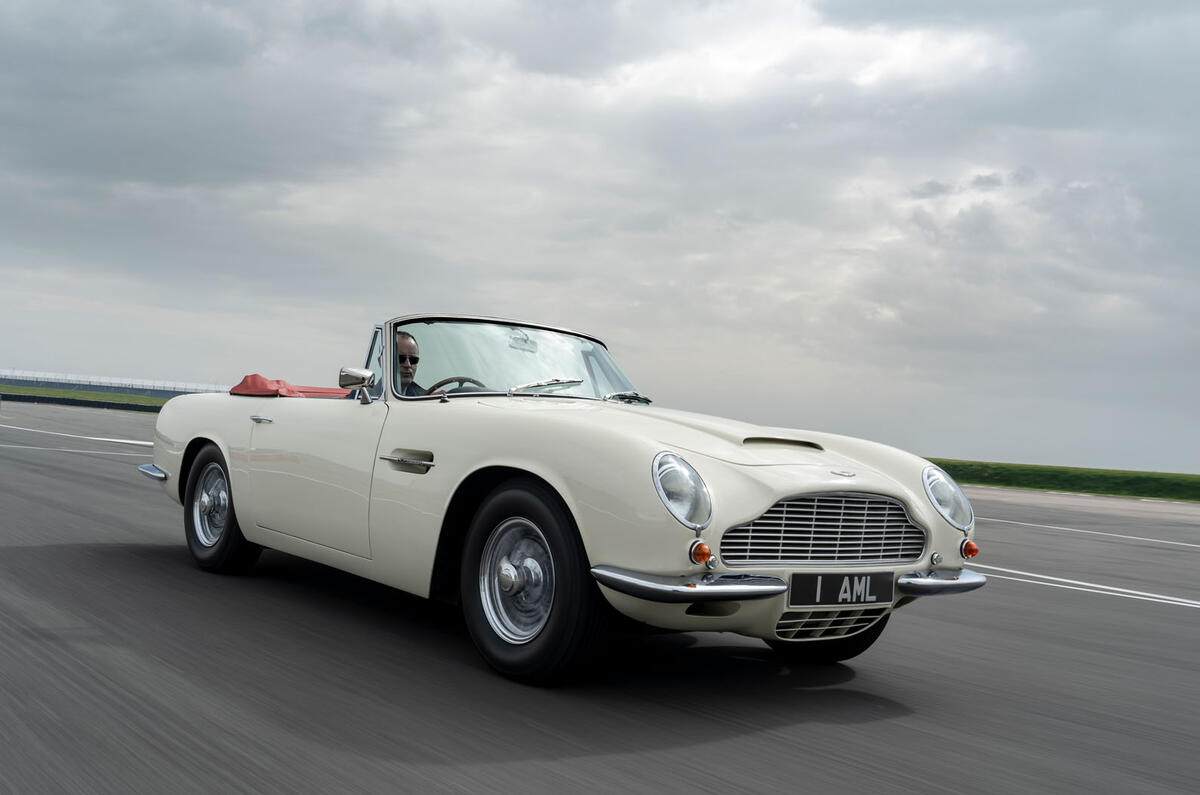
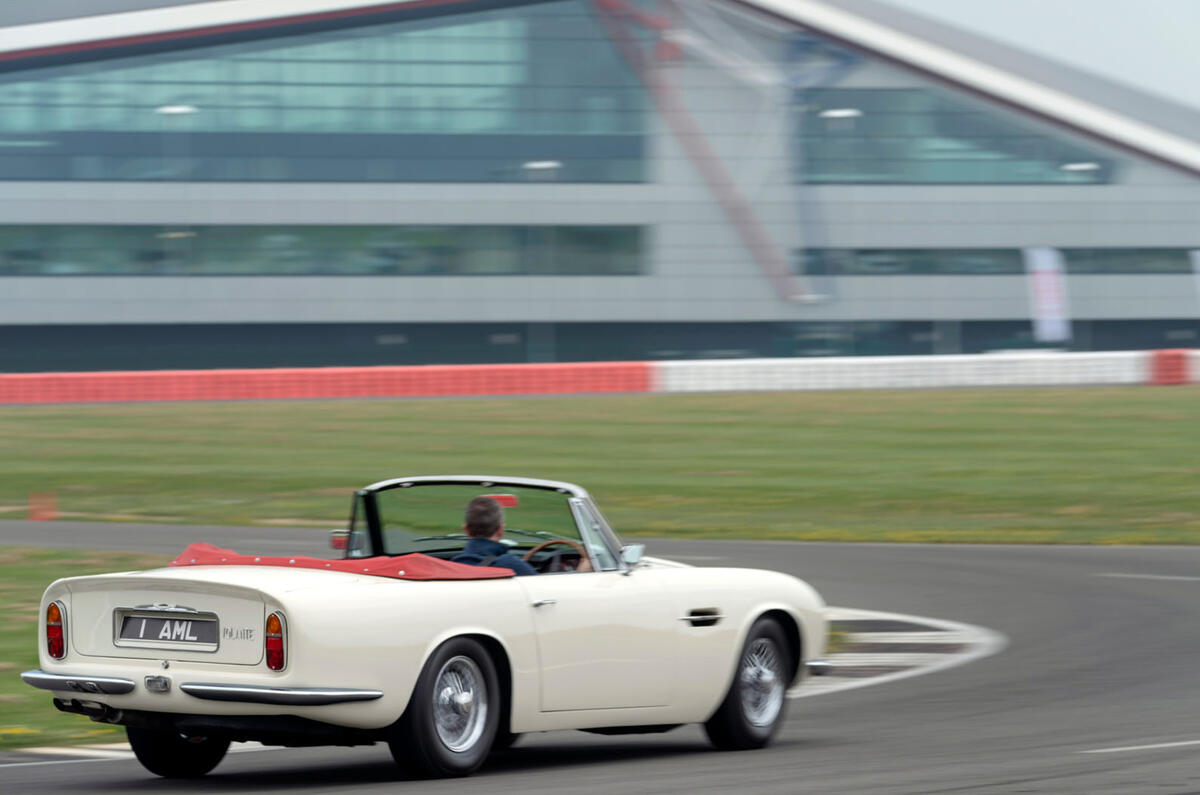
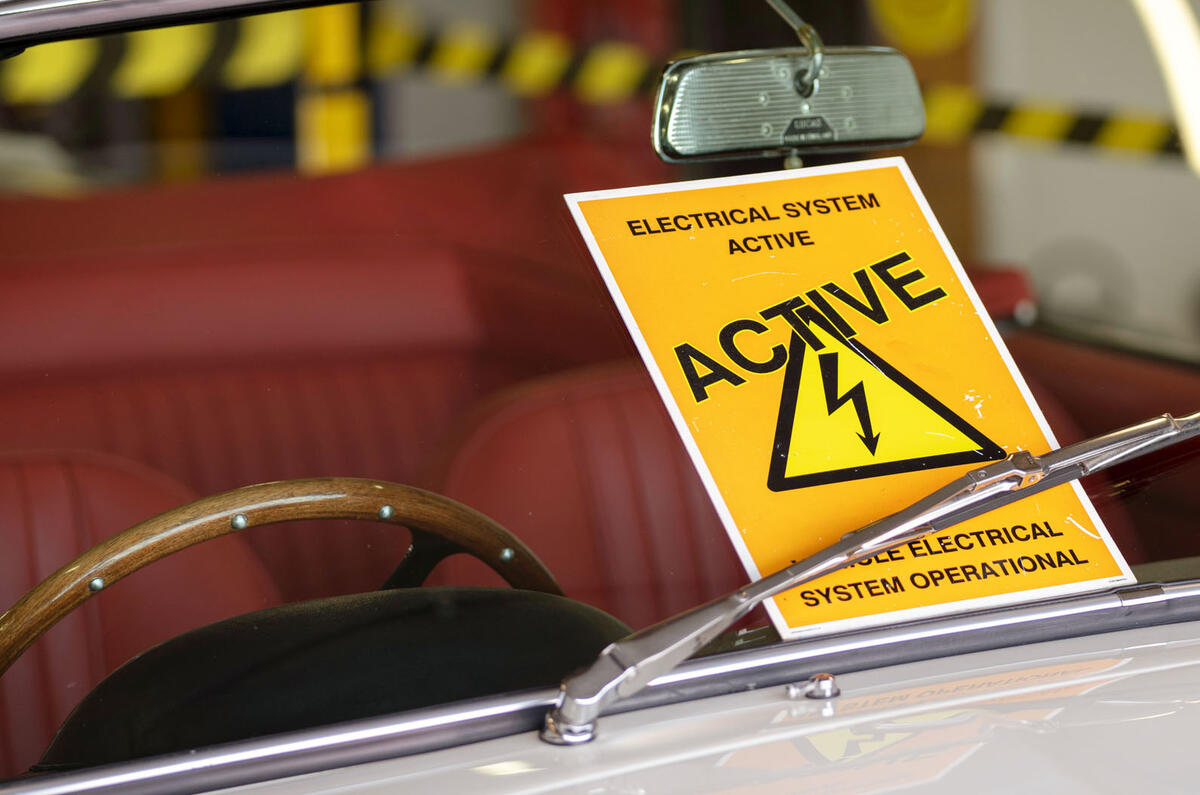
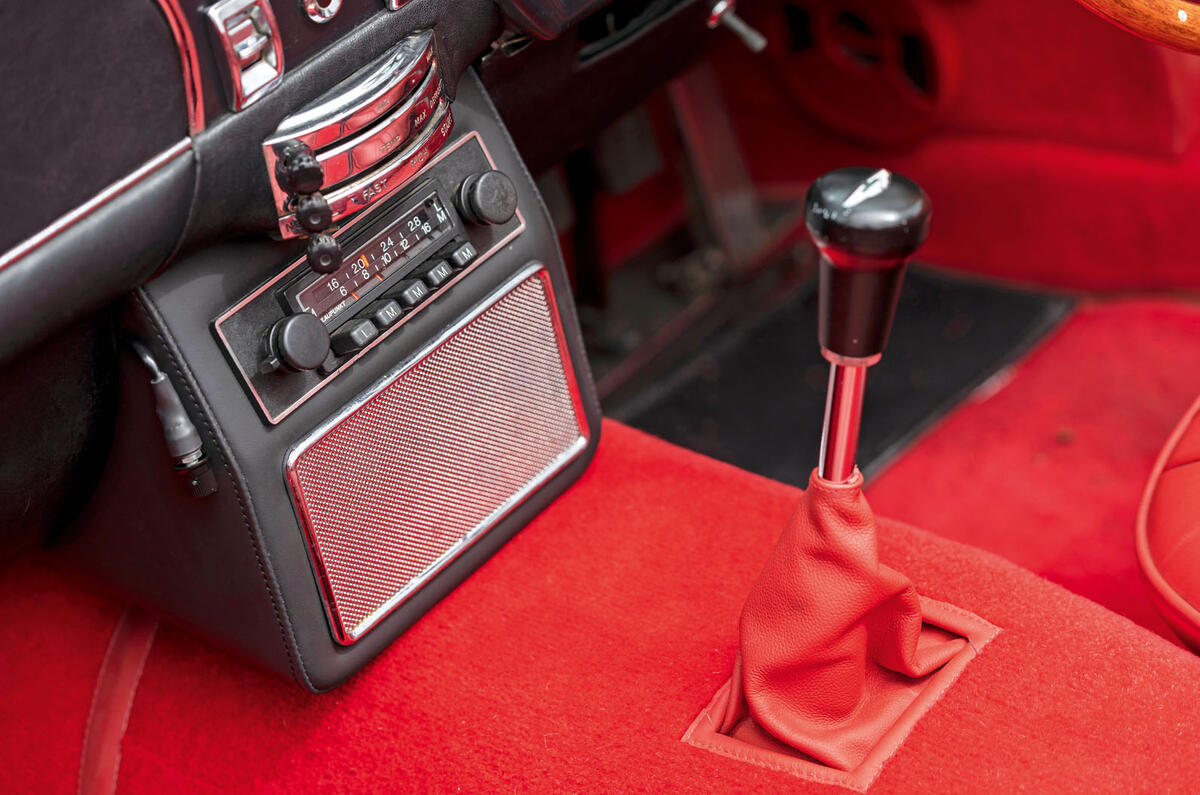
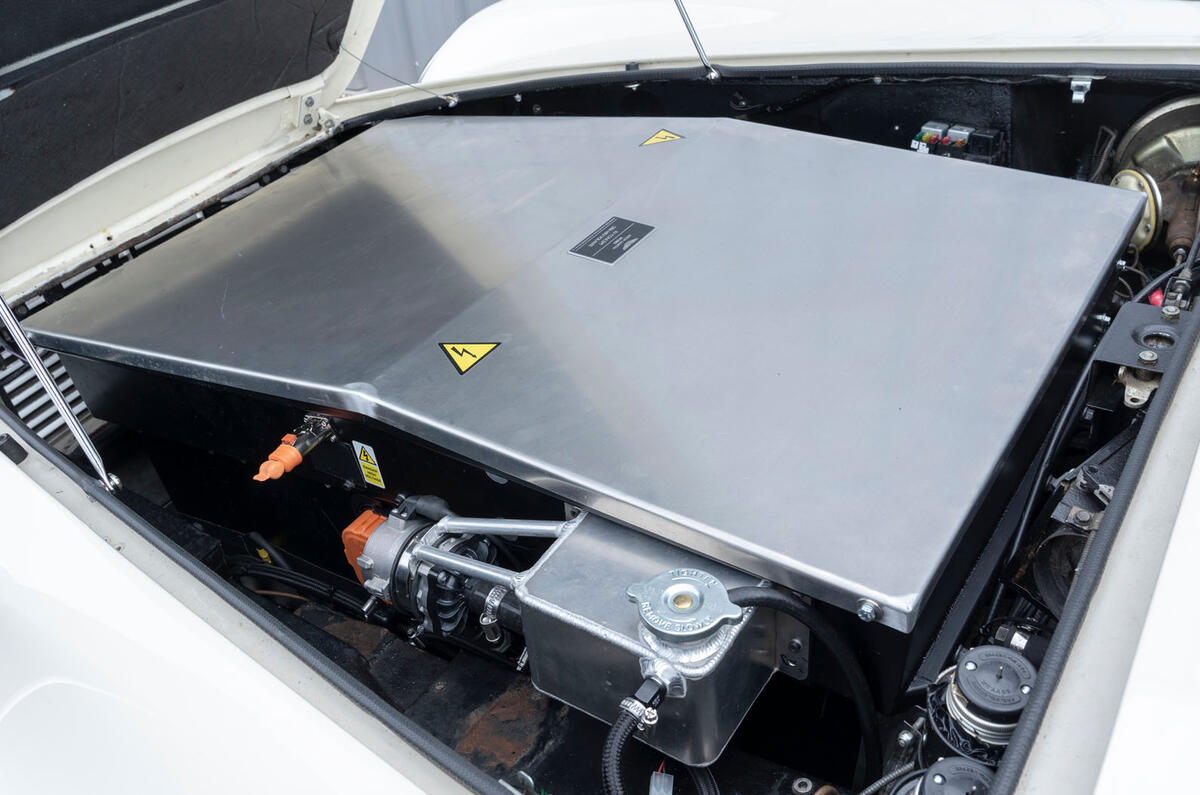
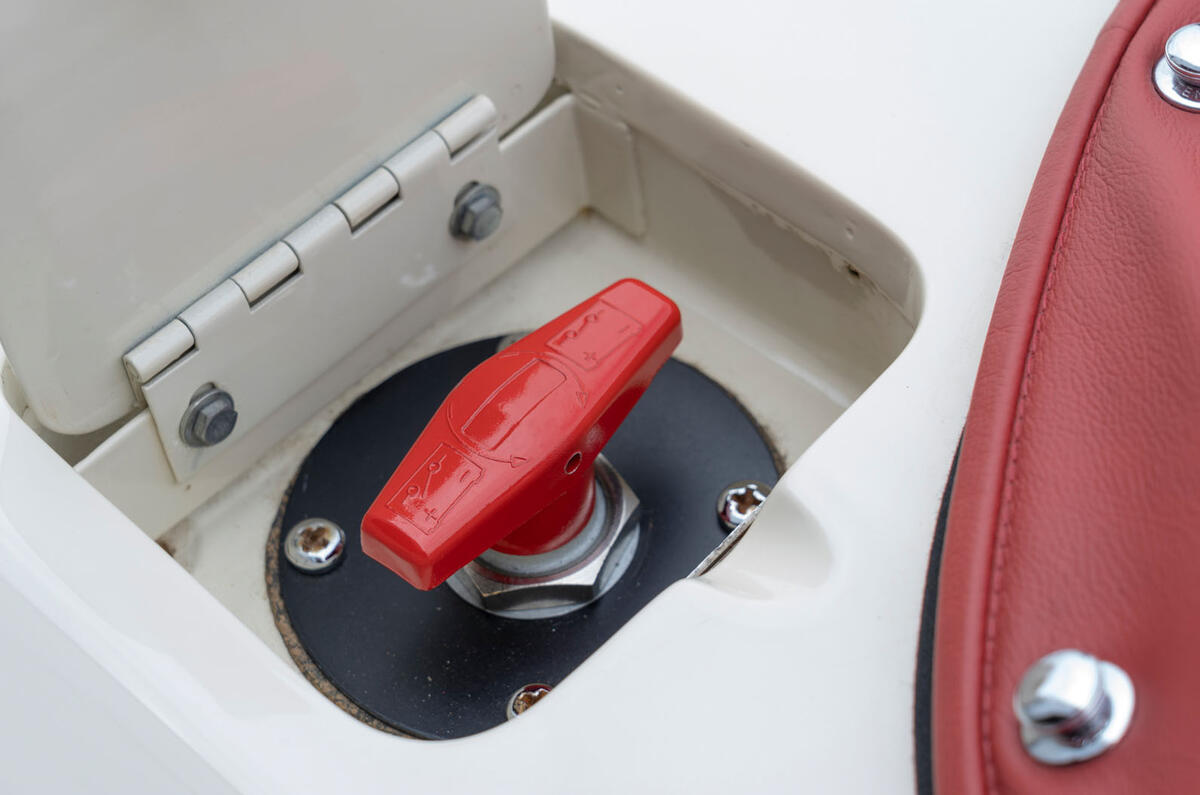
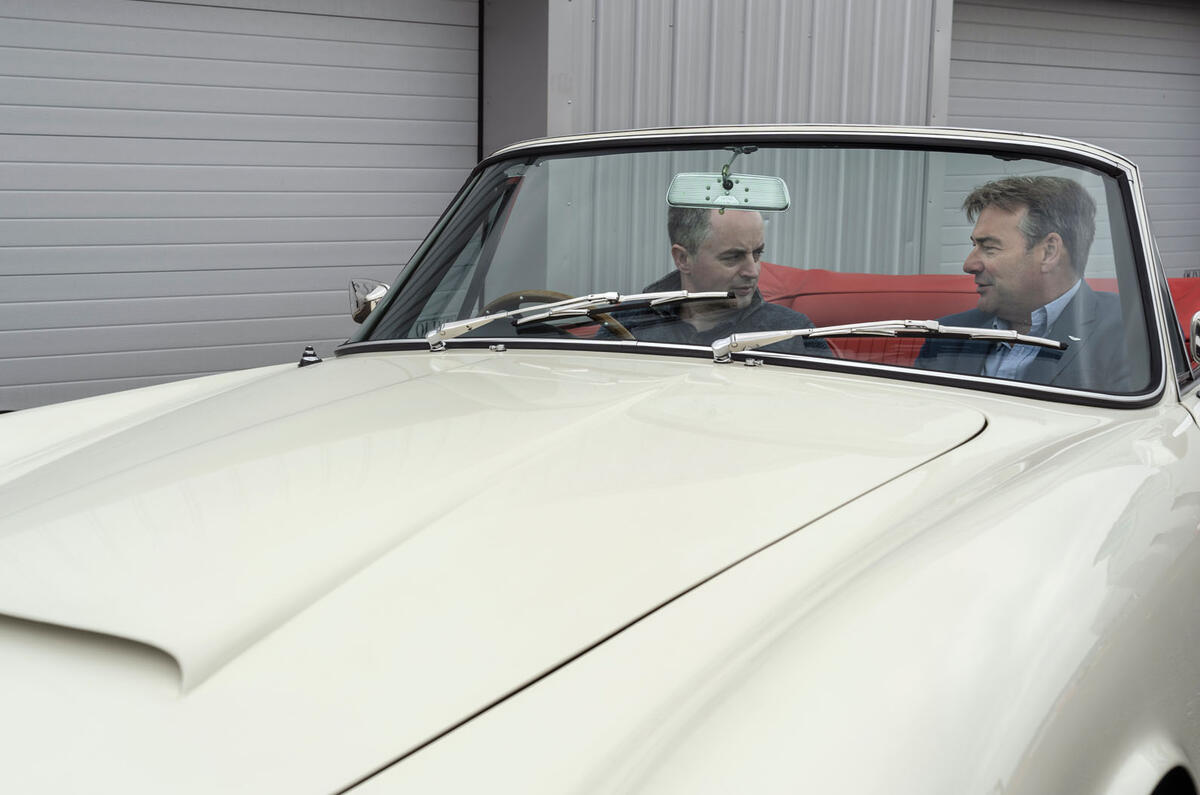
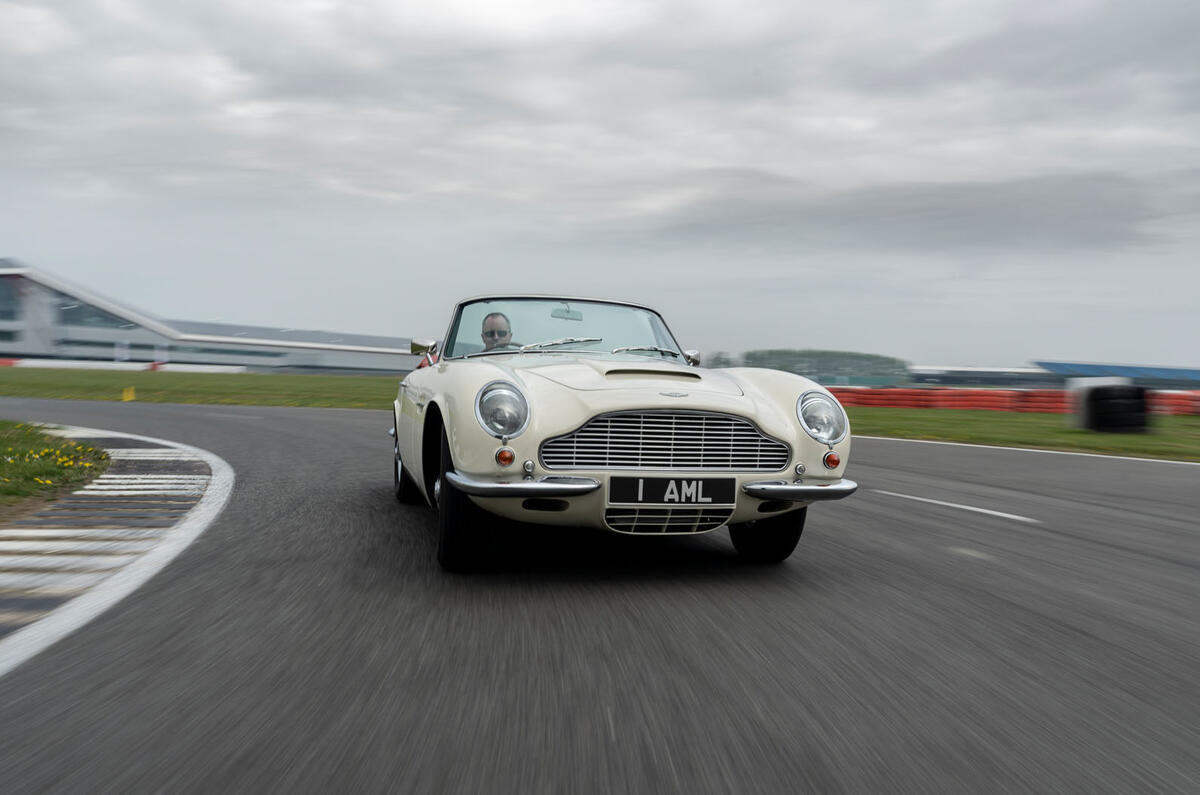
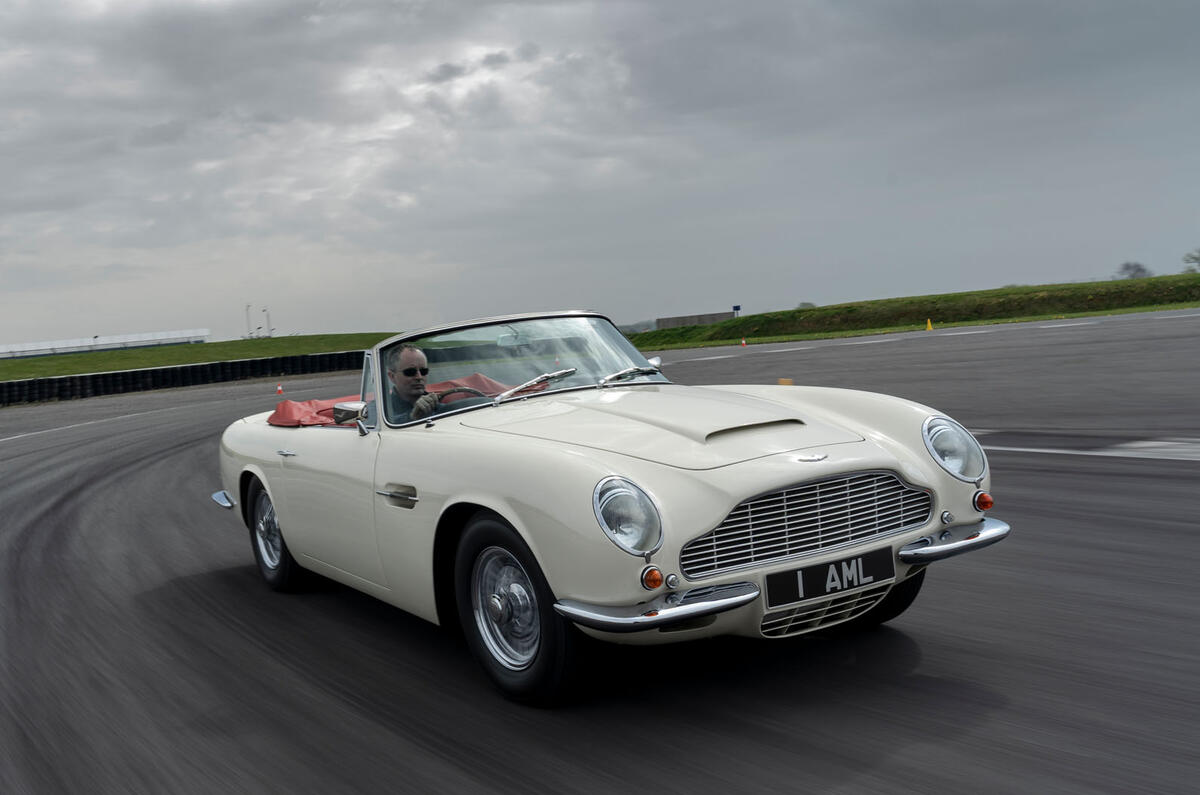
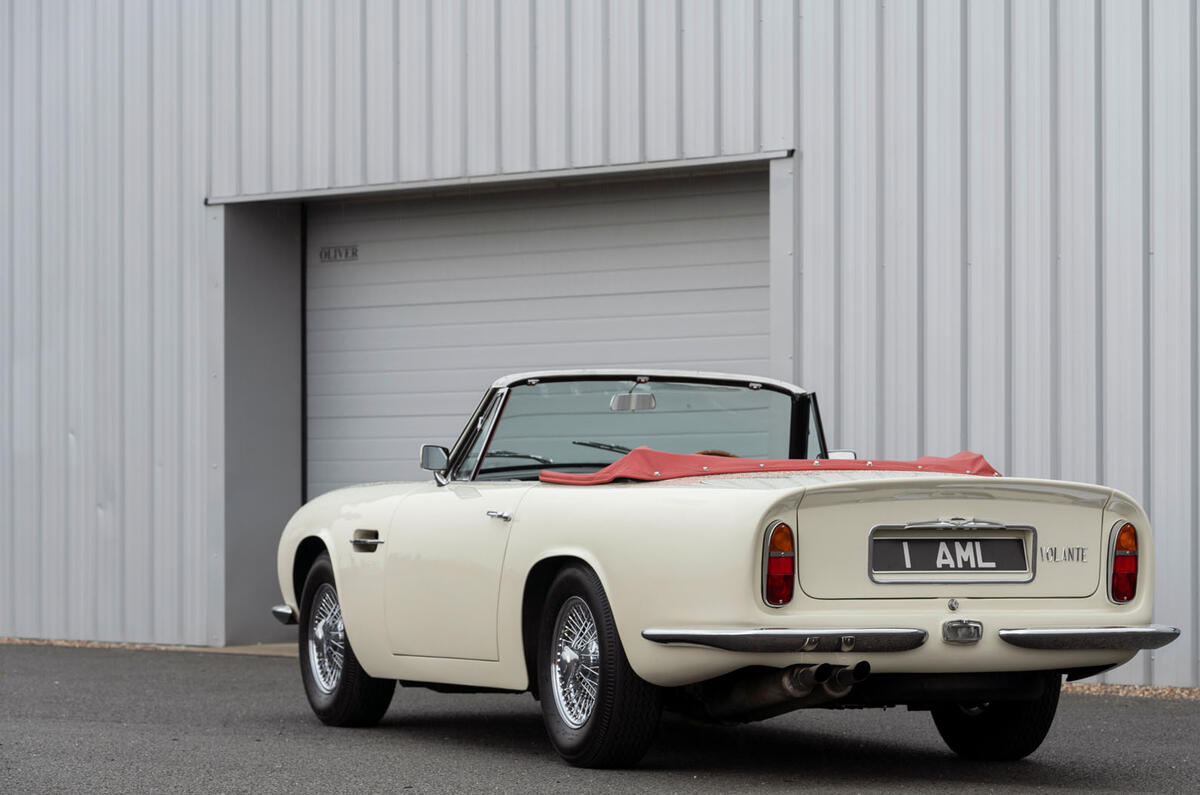
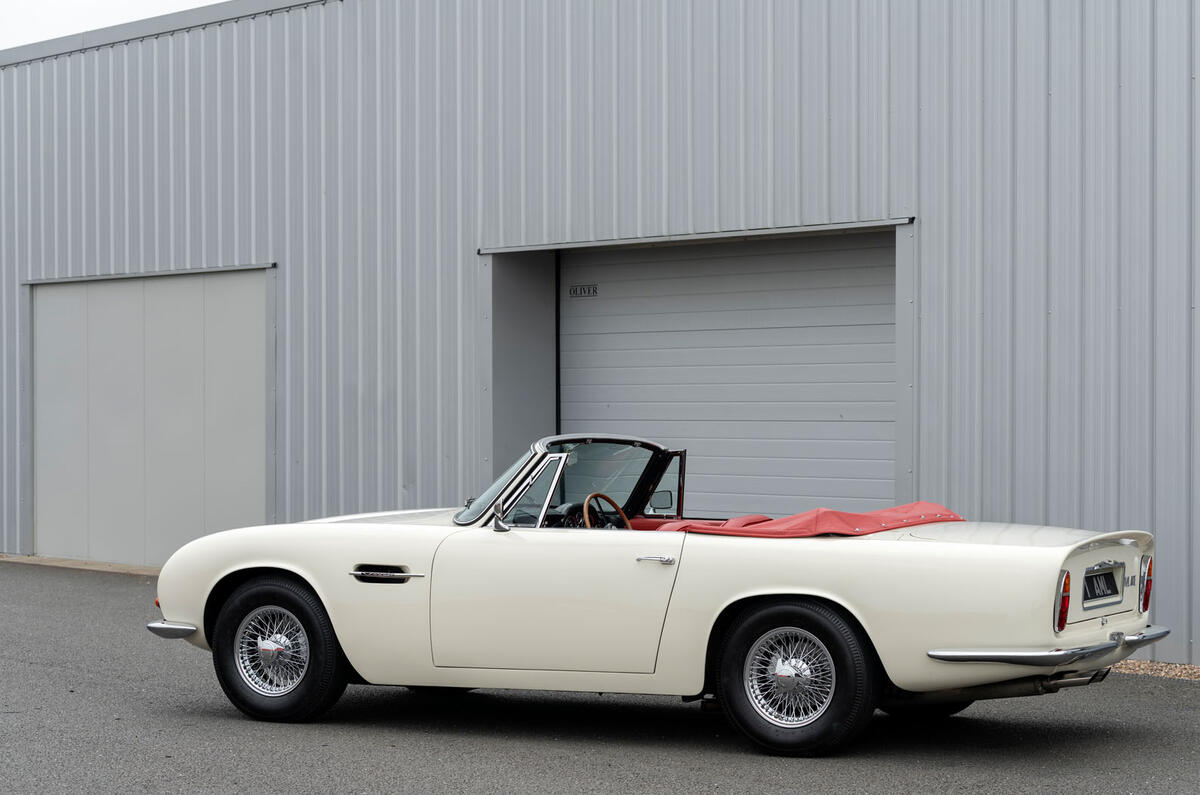
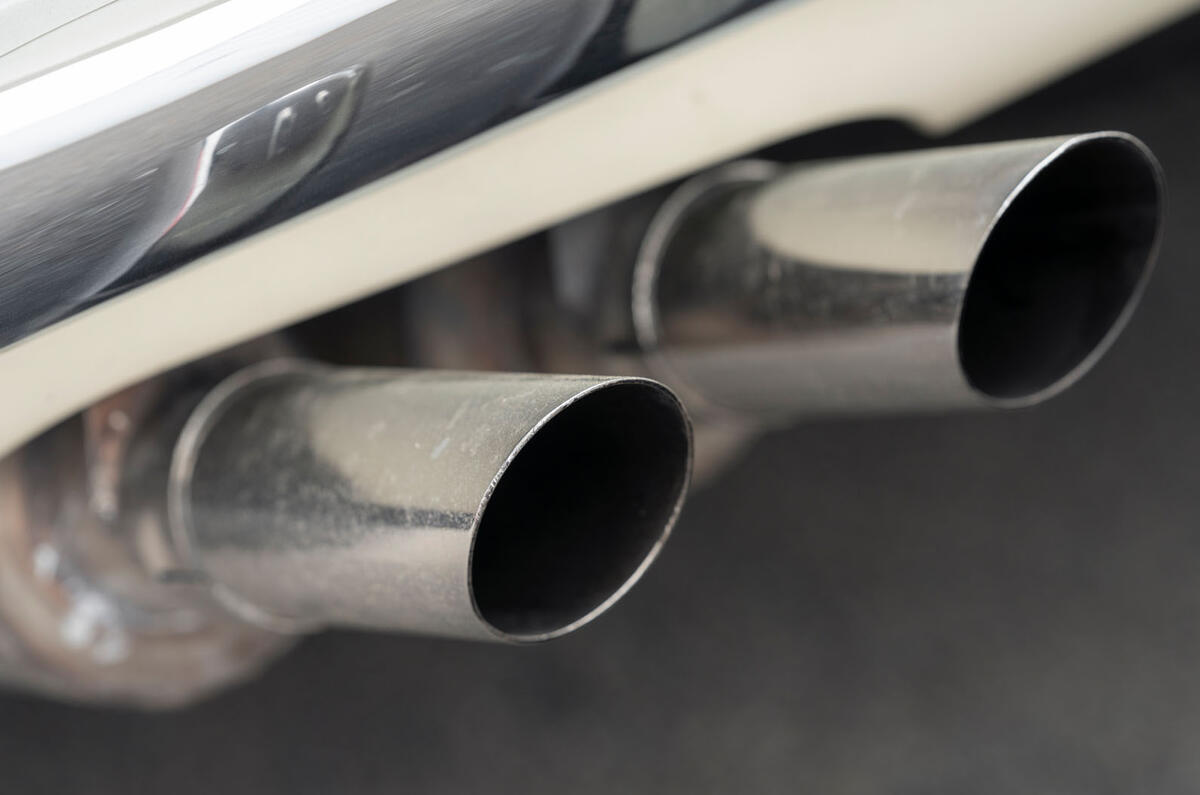
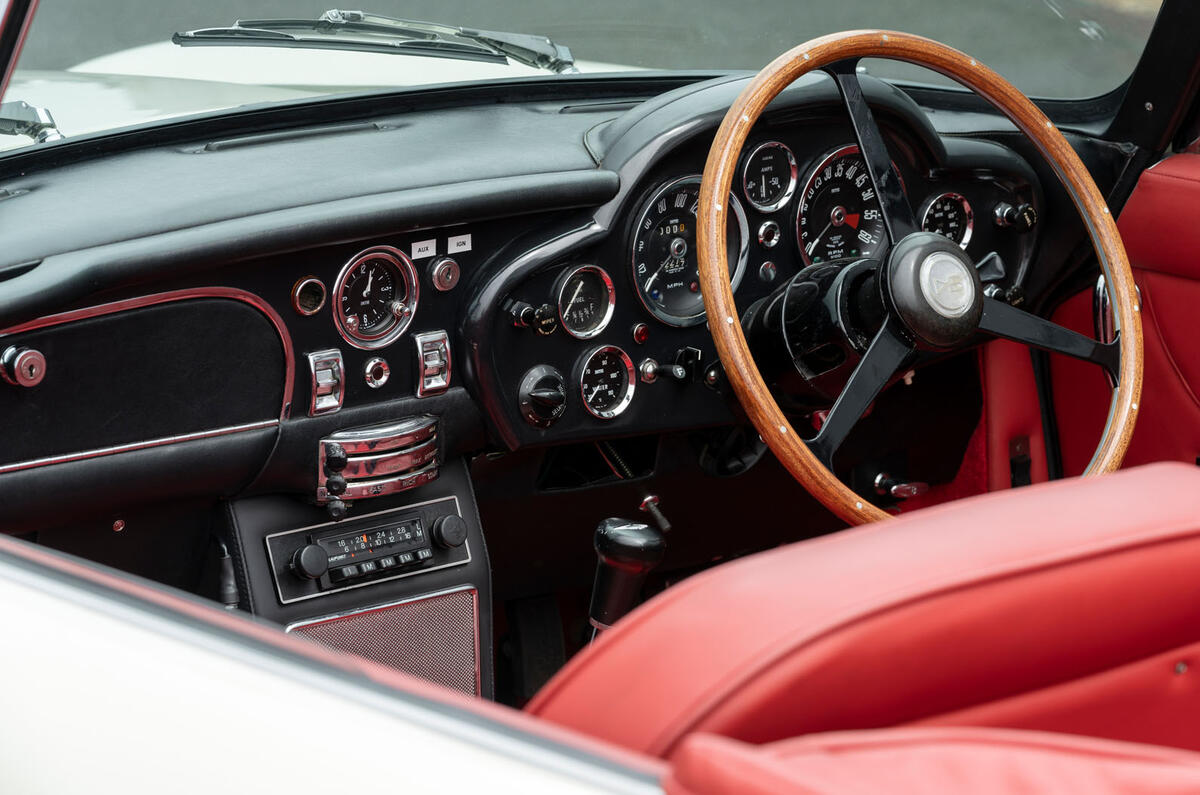

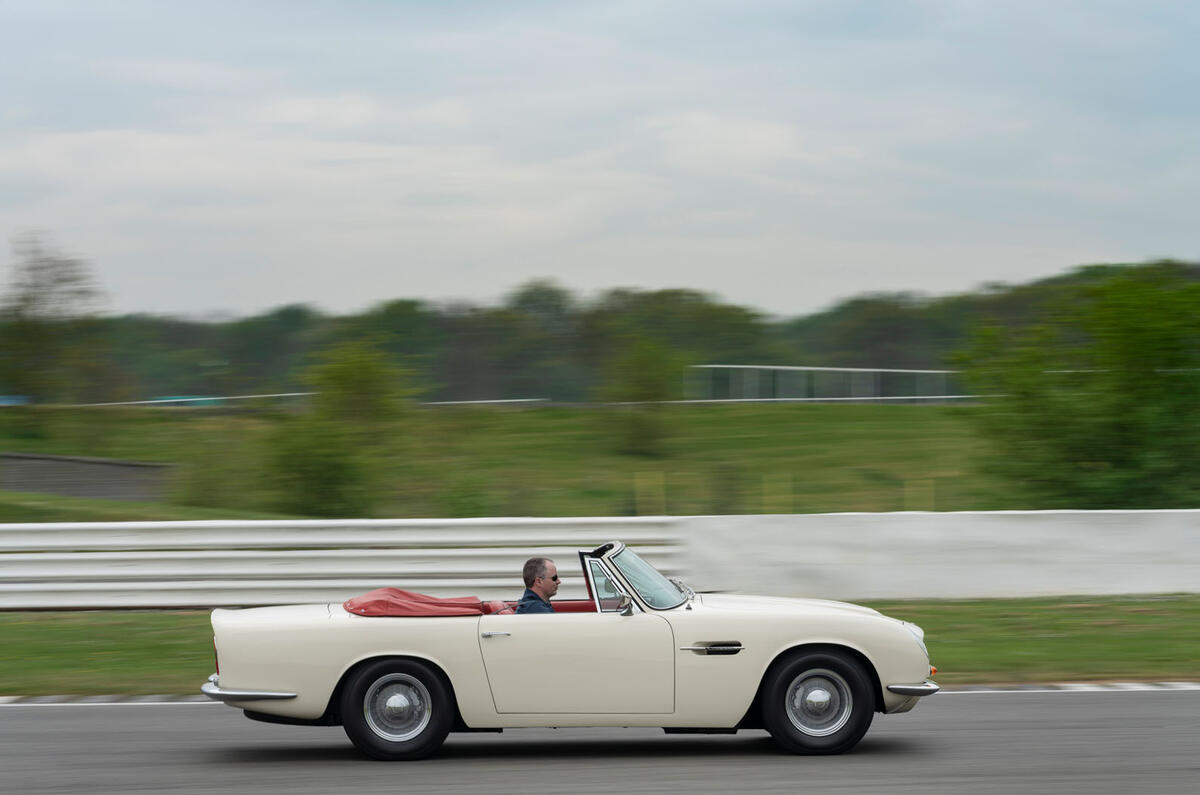


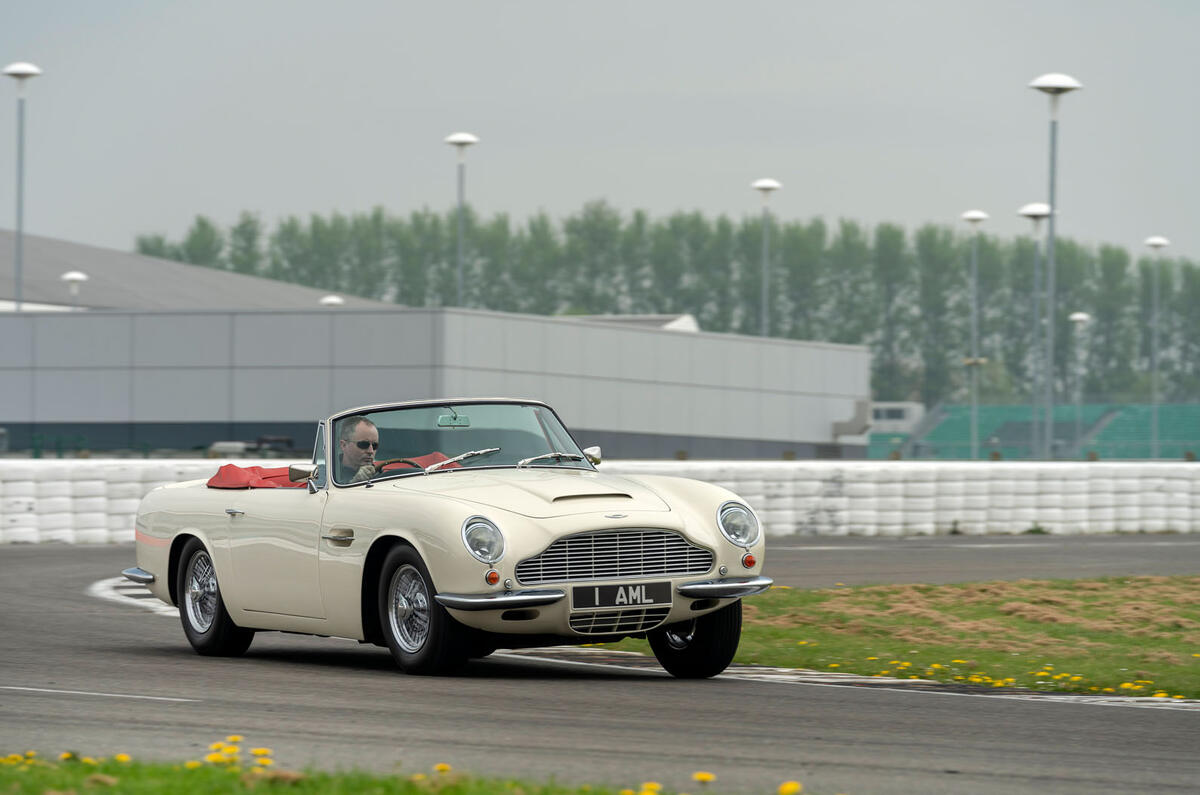

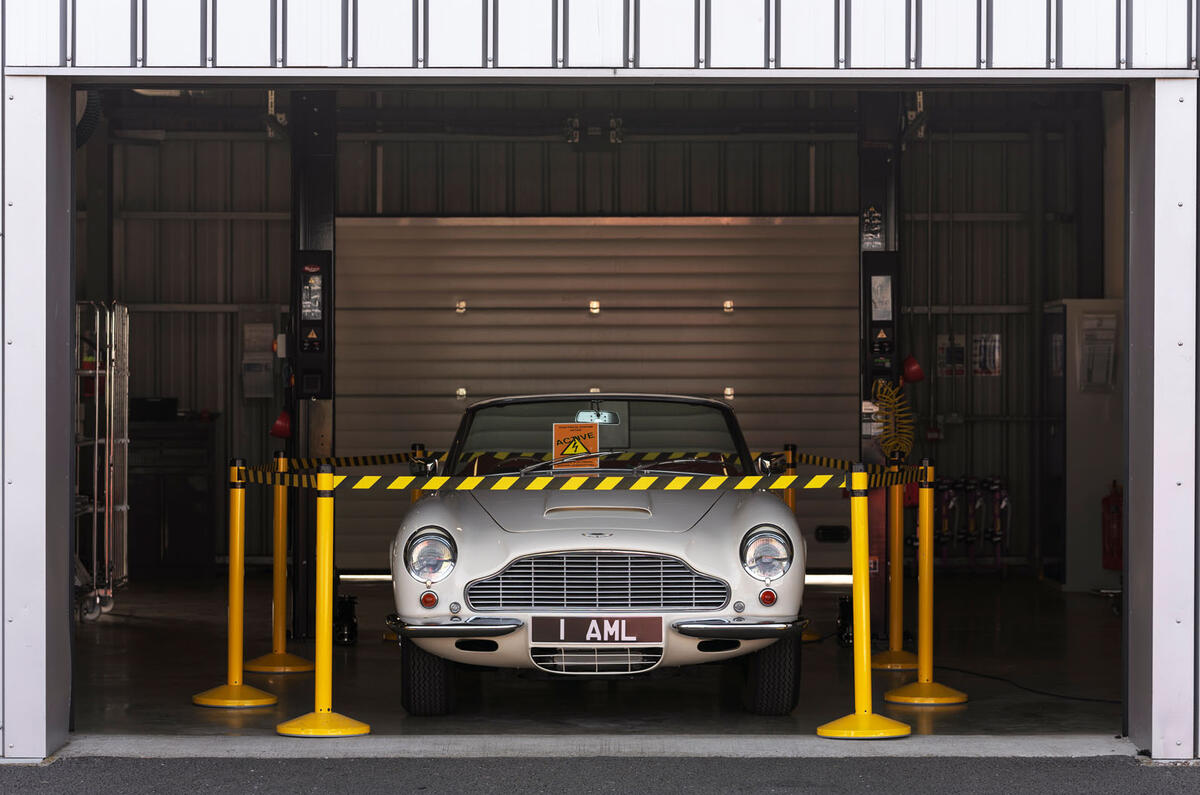

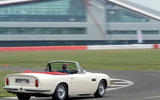

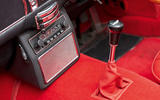
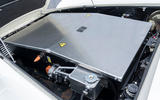
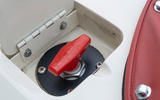
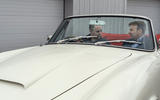


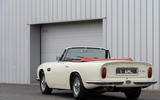
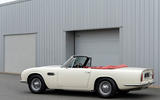

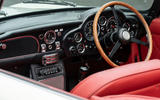
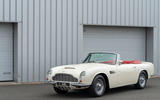

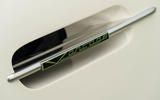
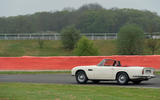

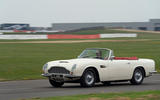



Join the debate
Add your comment
Don't insult us by saying that you are doing it because we want it.
You aand companies like you are helping to create the market for these conversion by larketing them to wealthy people knowing that many of them like to have the latest gadget primarly for bragging rights. And then you turn around and say that there is Social Pressure. No there is no "Social Pressure", only buy orders from the people who you convinced to buy the latest gadget.
This is a money generator. Nothing more and nothing less.
This is just horrible. The
This is just horrible. The internal combustion engine, and certainly Aston's wonderful straight-6, is at the very core of the appeal of classic cars. Replacing it with an utterly soulless electric motor comprehensively defeats the purpose. "Social pressure" can bring change for the good, or for the bad. In this case, social pressure must be resisted, not given into.
What an utterly disgusting
Like fully a bottle of champagne with tap water.